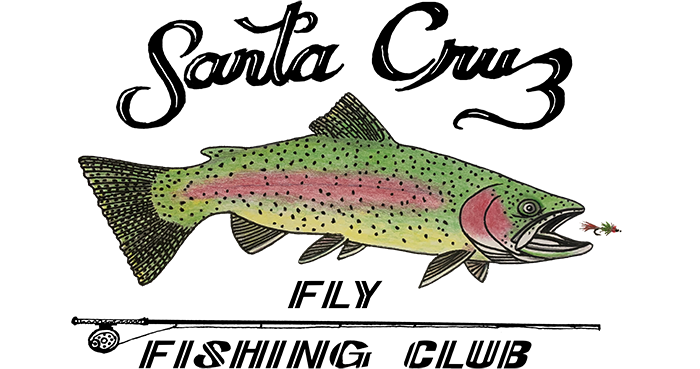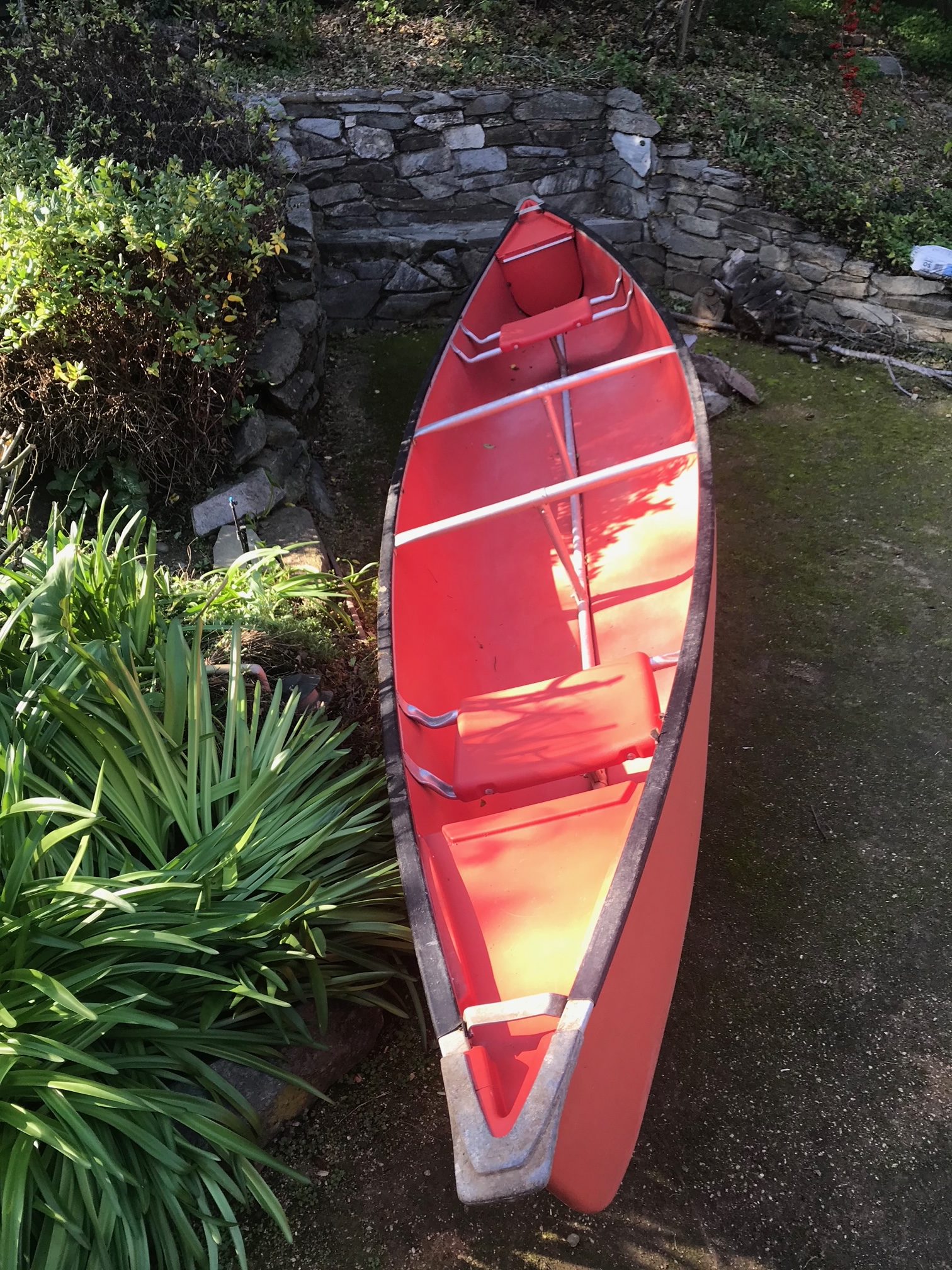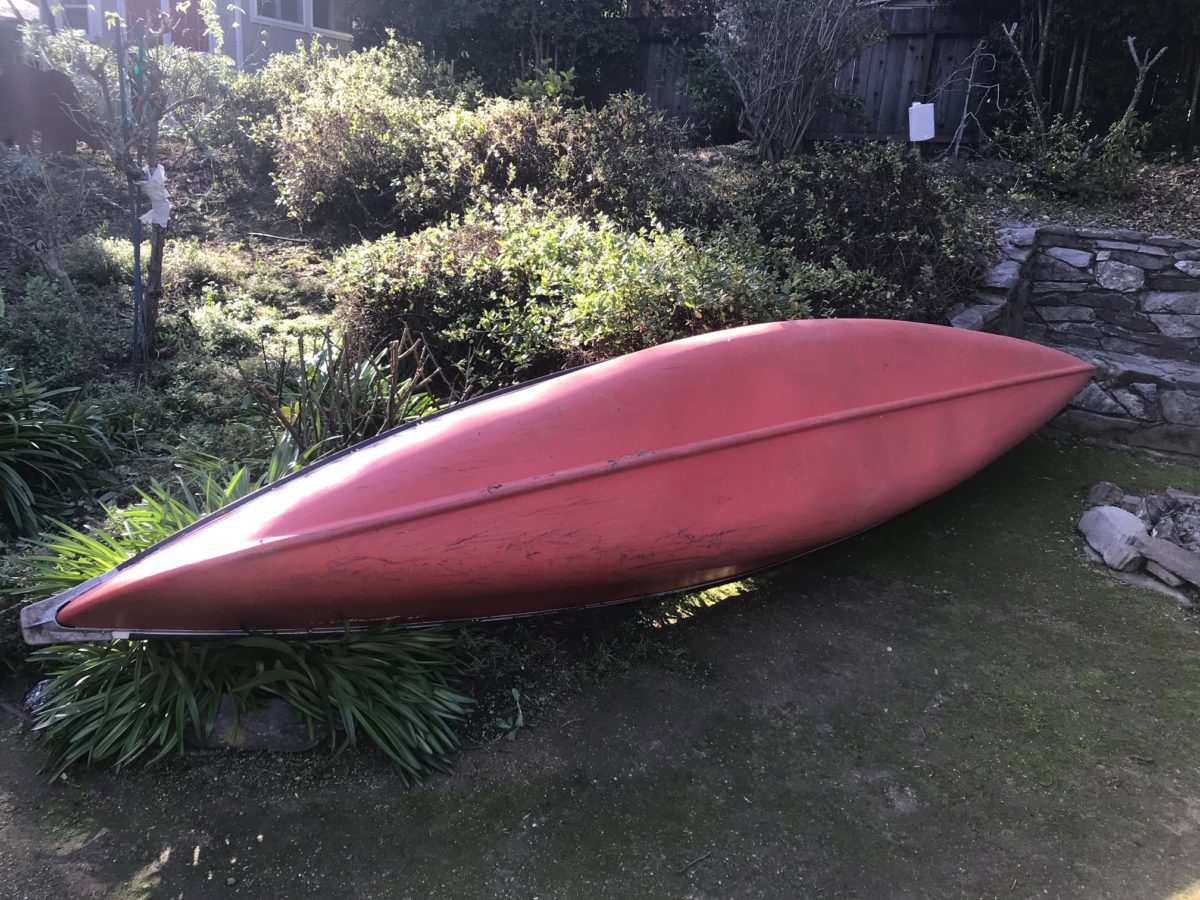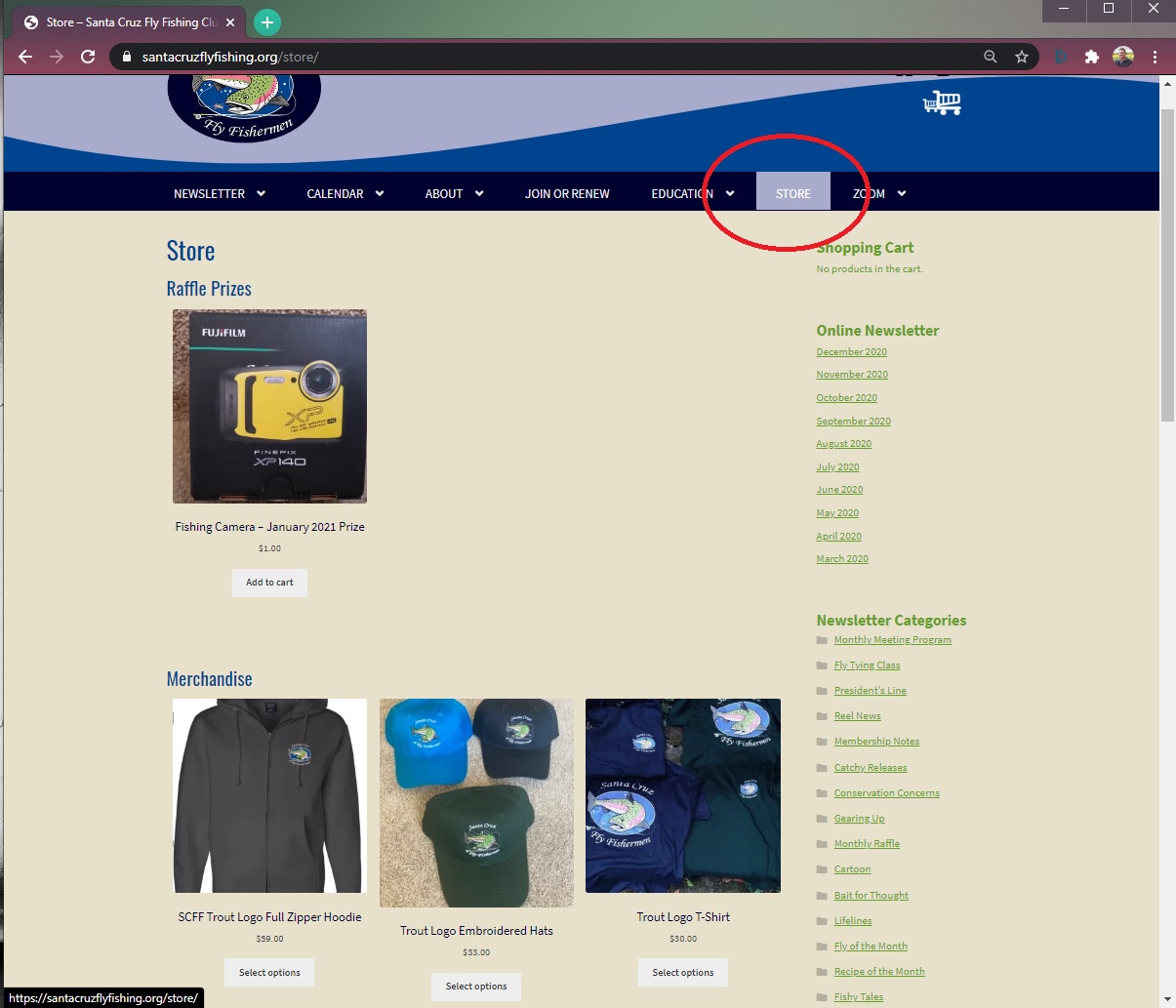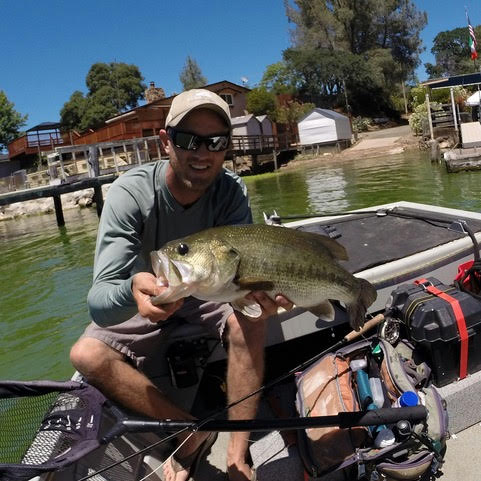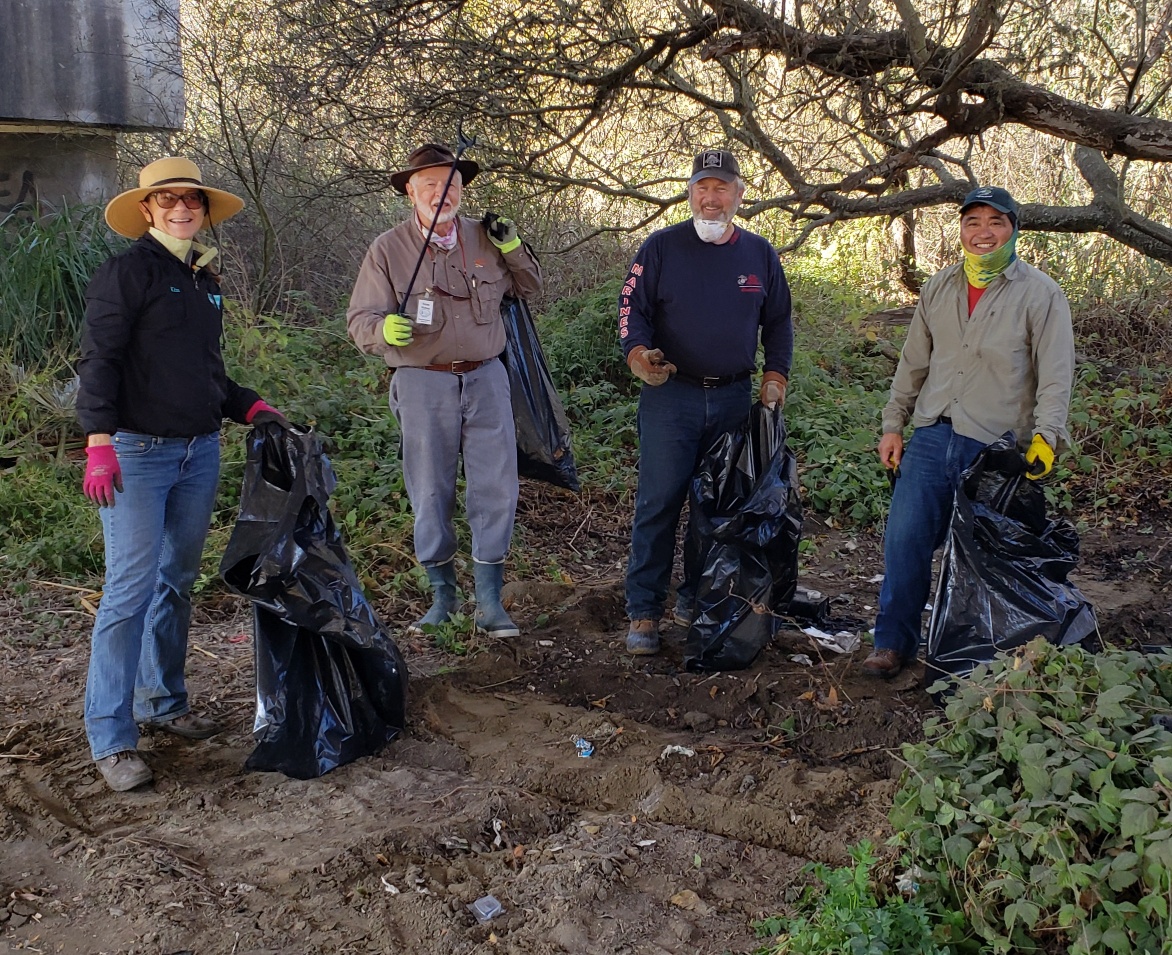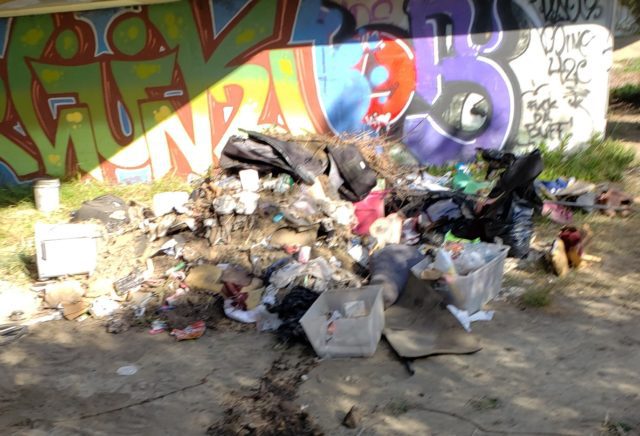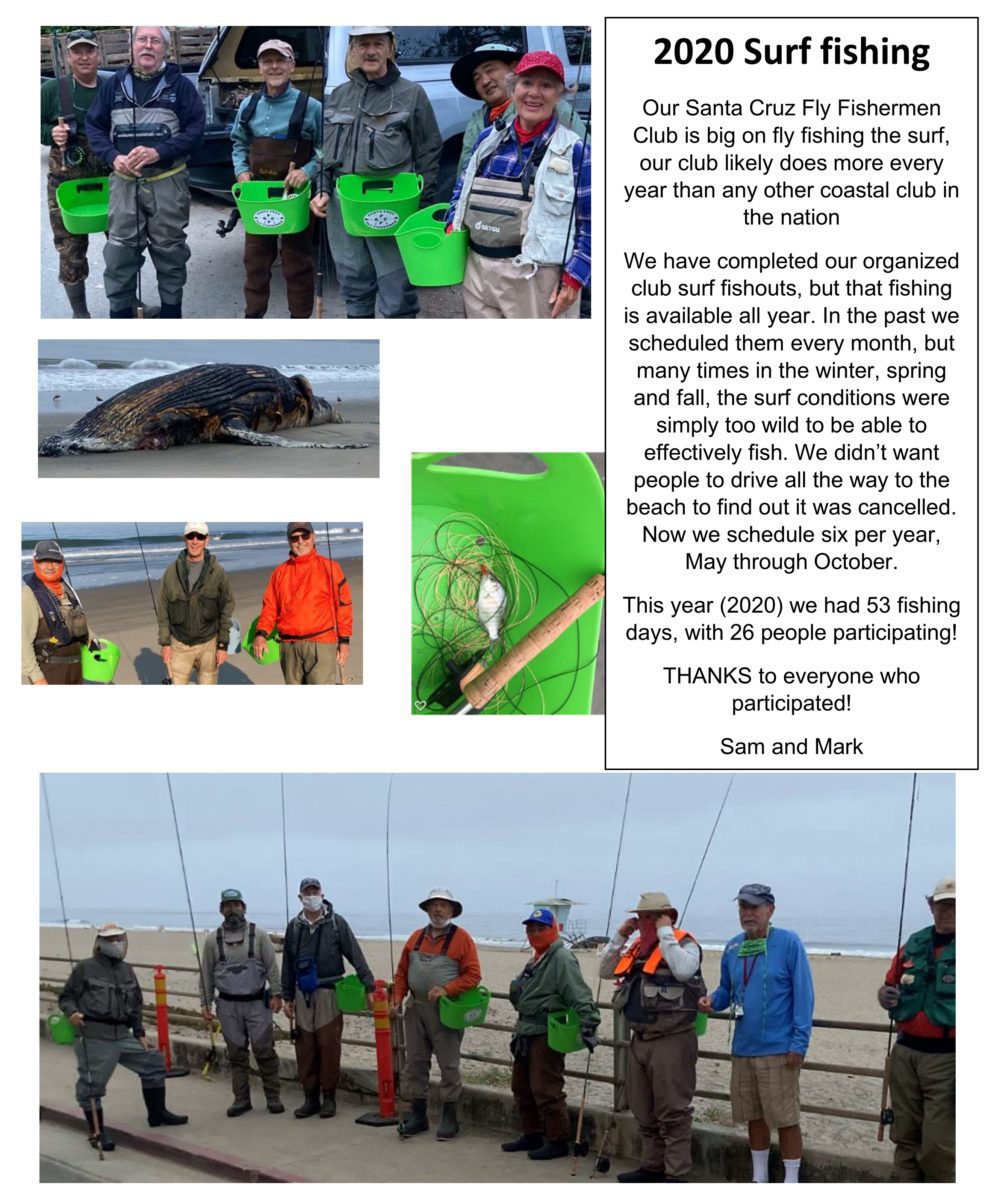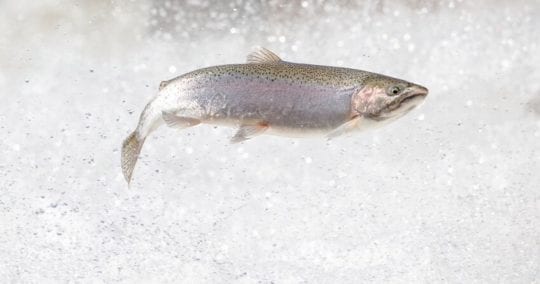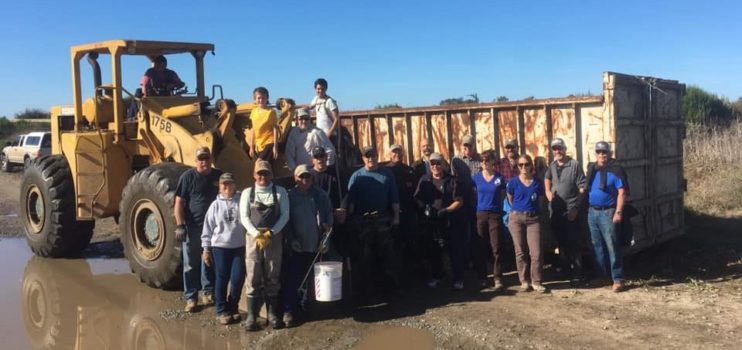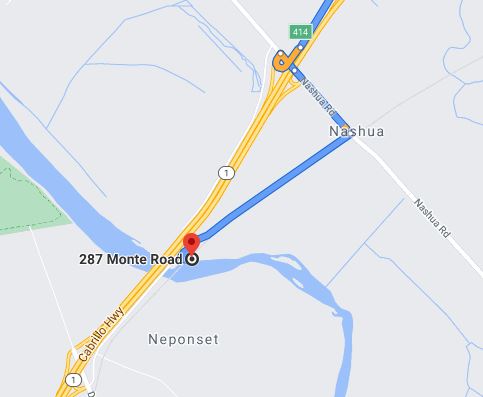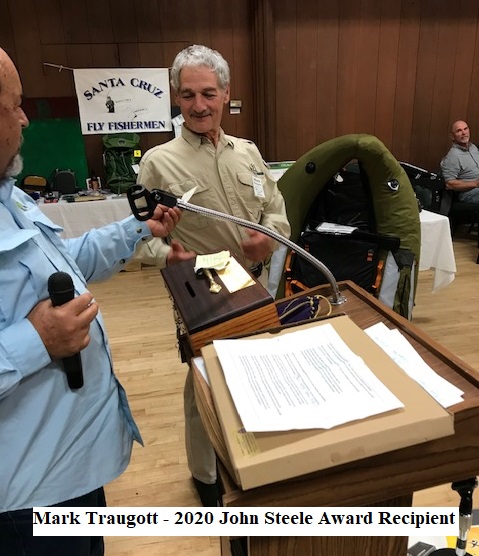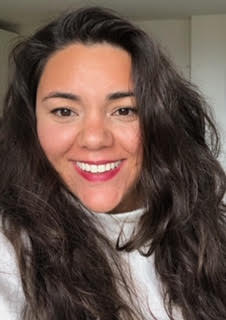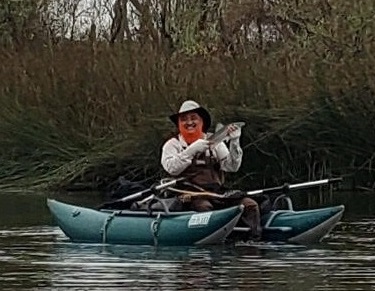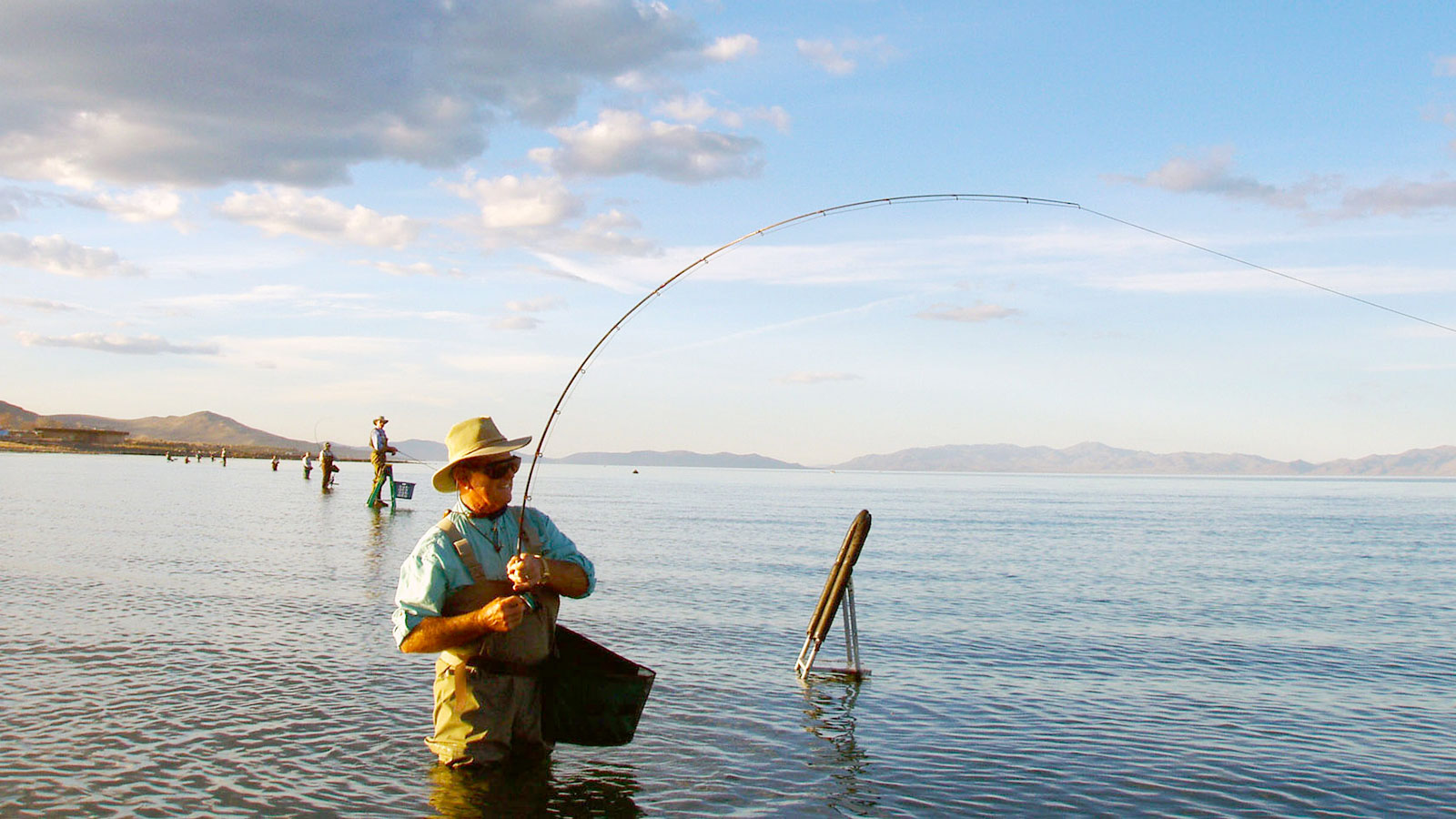
Fishmaster: Mike White – (831) 706-5556, lumberguy73@hotmail.com
We are planning on having a Pyramid Lake 2021 fish out. The dates are April 5th through the 11th. We have 4 mobile homes reserved so far, and currently they are all full. If you are interested in attending please contact Mike White immediately and he will help you find accommodations preferably at Pyramid Lake Lodge at (775) 476-0400. This has been an unusual time for all, and trying to arrange a fish out under these conditions has been challenging. However, at this point we have confirmation that everyone on the list of current attendees understand the risk, and are still committed to going on the trip. So, if you are in that camp contact Mike White.
The Pyramid Lake trip is one of the best-attended fishouts the club has, and for a good reason. Lahontan Cutthroat Trout cruise parallel to the shore in easy casting distance from shore. Cost for the week including meals and lodging and is around $300+ per person depending on the number in attendance. You need not fish all six days as there may be openings (usually later in the week.) Contact Mike for more details (831) 706-5556, to check on openings, or be put on a waiting list. First come first served.
You can also make your own arrangements either by bringing your own RV (Pyramid Lake Lodge has hook-ups and sells permits to park on the any of the beaches along the lake) or staying in Reno. Reno is 45 minutes away. Call Pyramid Lake Lodge to inquire about last minute cancellations in their cabins as well (775) 476-0400 and check out their website to see what the cabins look like at www.pyramidlakelodge.com. The General Store in Sutcliff offers meals on selected nights only to those who call in before 2:00 PM. Check at the General Store for details.
Equipment: 6-9 weight rods with hi-speed, hi-D shooting heads or fast sink integrated lines to fish the bottom in 6 to 9 feet of water, and a floating line for indicator fishing. You should bring a stripping basket and a ladder that will accommodate it. A ladder helps to get you up out of the cold water and enable you to cast out to where the fish are. You can still catch fish without one but not with near as much consistency.
Flies: Woolly buggers in black, white, purple, olive, midge, caddis and mayfly nymphs to name a few. If as in years past the Confab in February is offering the opportunity to see how some of the best Pyramid patterns are made plan to attend and bring a vise and tie some yourself. Flies may also available from club member Jim Hall who ties some very good flies specific to Pyramid cutthroat as well as other species at reasonable cost. His number is (831) 713-6835. There is a general store with provisions as well as tackle and an assortment of flies.
How to get there: Take US 80 to Reno-Sparks, take the Pyramid Blvd. off ramp and go north about 35 miles. Crosby Lodge is at Sutcliff, near the Ranger Station.
If you have any questions about equipment or how to get there, check the “Gearing up” columns in the March 2007-2009 archives on our great club website, or call Mike White at (831) 706-5556.
If you are considering going to Pyramid again this year with the club and you have not already done so, please contact the person who is booking the trailer you stayed in last year. Trailer-masters, if your trailer has gaps or cancellations, you can call Mike so he can pass the names of members who don’t have lodging to fill the empty spots.
Fishing, Camping, and New Ladder Regulation:
Fishing and camping permits can be purchased online prior to the fish-out. We would highly recommend doing this. Go to www.plpt.nsn.us to obtain your licenses. There is also an RV Park available at (775) 476-1155.
As with any great fishery there are always a long list of rules and regulations. We would recommend you review them on the website above. Suffice to say those of us who have been going to Pyramid Lake for many years are a good source of information as well. We will help inform and guide all newcomers.
15.6 USE OF LADDERS, ETC. Any ladders, milk crates, boxes or other objects used in the water as a fishing aid must be occupied or closely attended (i.e. remain in the area) by fishermen at all times. Any person who leaves such objects unoccupied in the water for more than one hour will be deemed guilty of littering. 15.6.1 Fishing aids described above must have a permanent tag affixed that has the name, address, and phone number of the owner of the fishing aid. If the permitted angler using the fishing aid is not the owner, the owner will be the responsible party for any infractions by the permitted angler.
NOTE: Due to insurance regulations, all attendees must be paid up members of Santa Cruz Fly fishermen, so get your membership paid up if you haven’t done so yet.
Posted on December 30th, 2020





